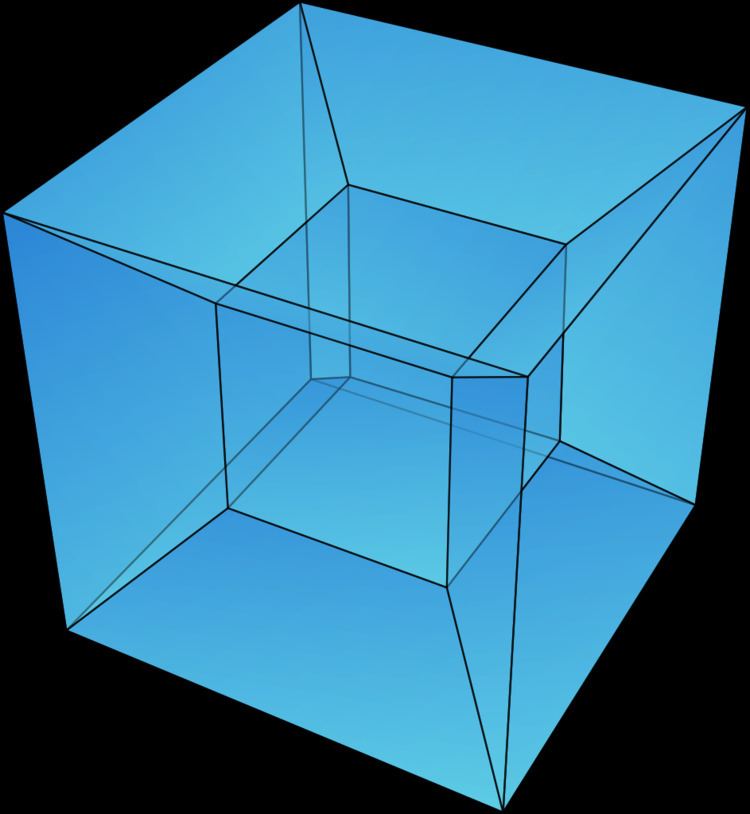 | ||
Hypercube explanation
In geometry, a hypercube is an n-dimensional analogue of a square (n = 2) and a cube (n = 3). It is a closed, compact, convex figure whose 1-skeleton consists of groups of opposite parallel line segments aligned in each of the space's dimensions, perpendicular to each other and of the same length. A unit hypercube's longest diagonal in n-dimensions is equal to
Contents
- Hypercube explanation
- Hypercube 3d printer accessory pack
- Construction
- Coordinates
- Elements
- Graphs
- Related families of polytopes
- Relation to n simplices
- Generalized hypercubes
- References

An n-dimensional hypercube is also called an n-cube or an n-dimensional cube. The term "measure polytope" is also used, notably in the work of H. S. M. Coxeter (originally from Elte, 1912), but it has now been superseded.
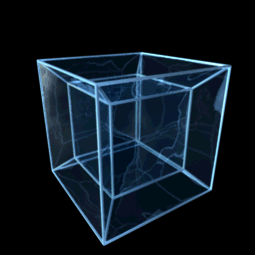
The hypercube is the special case of a hyperrectangle (also called an n-orthotope).
A unit hypercube is a hypercube whose side has length one unit. Often, the hypercube whose corners (or vertices) are the 2n points in Rn with coordinates equal to 0 or 1 is called "the" unit hypercube.
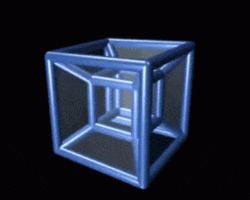
Hypercube 3d printer accessory pack
Construction
A hypercube can be defined by increasing the numbers of dimensions of a shape:
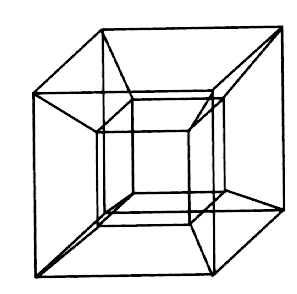
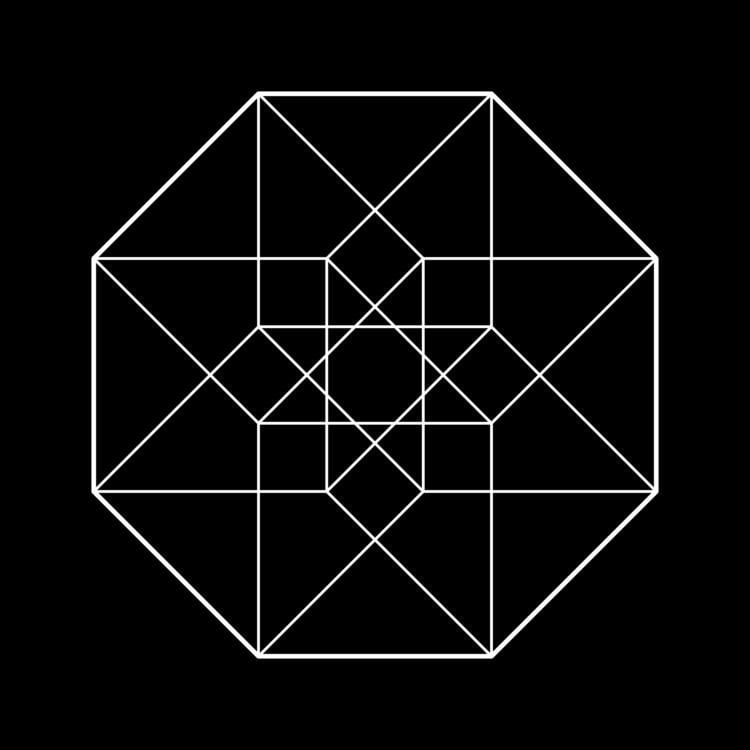
This can be generalized to any number of dimensions. This process of sweeping out volumes can be formalized mathematically as a Minkowski sum: the d-dimensional hypercube is the Minkowski sum of d mutually perpendicular unit-length line segments, and is therefore an example of a zonotope.
The 1-skeleton of a hypercube is a hypercube graph.
Coordinates
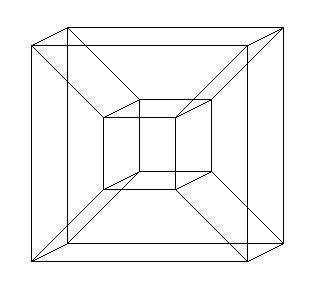
A unit hypercube of n dimensions is the convex hull of the points given by all sign permutations of the Cartesian coordinates
An n-dimensional hypercube is also often regarded as the convex hull of all sign permutations of the coordinates
Elements
Every n-cube of n > 0 is composed of elements, or n-cubes of a lower dimension, on the (n-1)-dimensional surface on the parent hypercube. A side is any element of (n-1)-dimension of the parent hypercube. A hypercube of dimension n has 2n sides (a 1-dimensional line has 2 end points; a 2-dimensional square has 4 sides or edges; a 3-dimensional cube has 6 2-dimensional faces; a 4-dimensional tesseract has 8 cells). The number of vertices (points) of a hypercube is
The number of m-dimensional hypercubes (just referred to as m-cube from here on) on the boundary of an n-cube is
For example, the boundary of a 4-cube (n=4) contains 8 cubes (3-cubes), 24 squares (2-cubes), 32 lines (1-cubes) and 16 vertices (0-cubes).
This identity can be proved by combinatorial arguments; each of the
This identity can also be used to generate the formula for the n-dimensional cube surface area. The surface area of a hypercube is:
These numbers can also be generated by the linear recurrence relation
For example, extending a square via its 4 vertices adds one extra line (edge) per vertex, and also adds the final second square, to form a cube, giving
Graphs
An n-cube can be projected inside a regular 2n-gonal polygon by a skew orthogonal projection, shown here from the line segment to the 12-cube.
Related families of polytopes
The hypercubes are one of the few families of regular polytopes that are represented in any number of dimensions.
The hypercube (offset) family is one of three regular polytope families, labeled by Coxeter as γn. The other two are the hypercube dual family, the cross-polytopes, labeled as βn, and the simplices, labeled as αn. A fourth family, the infinite tessellations of hypercubes, he labeled as δn.
Another related family of semiregular and uniform polytopes is the demihypercubes, which are constructed from hypercubes with alternate vertices deleted and simplex facets added in the gaps, labeled as hγn.
Relation to n-simplices
The graph of the n-hypercube's edges is isomorphic to the Hasse diagram of the (n-1)-simplex's face lattice. This can be seen by orienting the n-hypercube so that two opposite vertices lie vertically, corresponding to the (n-1)-simplex itself and the null polytope, respectively. Each vertex connected to the top vertex then uniquely maps to one of the (n-1)-simplex's facets (n-2 faces), and each vertex connected to those vertices maps to one of the simplex's n-3 faces, and so forth, and the vertices connected to the bottom vertex map to the simplex's vertices.
This relation may be used to generate the face lattice of an (n-1)-simplex efficiently, since face lattice enumeration algorithms applicable to general polytopes are more computationally expensive.
Generalized hypercubes
Regular complex polytopes can be defined in complex Hilbert space called generalized hypercubes, γp
n = p{4}2{3}...2{3}2, or ... Real solutions exist with p=2, i.e. γ2
n = γn = 2{4}2{3}...2{3}2 = {4,3,..,3}. For p>2, they exist in
The regular polygon perimeter seen in these orthogonal projections is called a petrie polygon. The generalized squares (n=2) are shown with edges outlined as red and blue alternating color p-edges, while the higher n-cubes are drawn with black outlined p-edges.
The number of m-face elements in a p-generalized n-cube are:
